Mosques in Kazakhstan represent a unique construction that reflects not only religious, but also cultural and architectural features of our country. It is important to note that Kazakhstan is a secular state, with a significant Muslim community belonging to the Sunni movement.
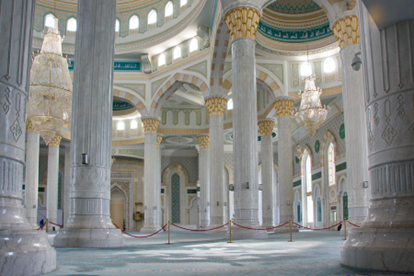
One of the characteristic features of the structure of mosques in Kazakhstan is a unique combination of local cultural and traditional elements, as well as the influence of Islam and Muslim architecture. Mosques are becoming both a symbol of religious significance for Muslims and architectural masterpieces merging with the environment.
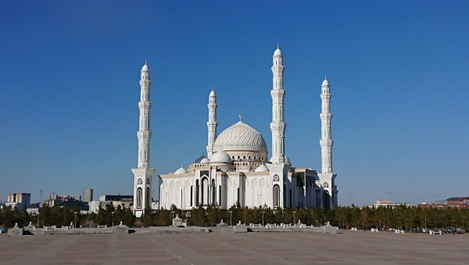
One of the most famous examples of Muslim architecture in Kazakhstan is the Hazret Sultan Mosque. This mosque, built in 2012 in the capital Astana, is one of the largest in Central Asia and attracts tourists and Muslims from all over the world. Its special feature is the snow-white facade, which symbolizes purity and holiness.
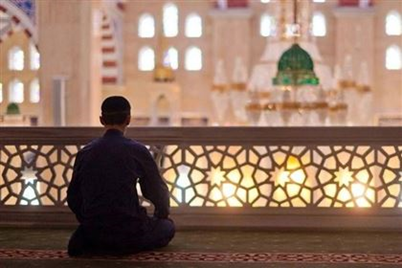
The interior space of mosques in Kazakhstan is also distinctive. In them you can see huge prayer halls where people gather to perform all religious duties, especially on Friday. These huge halls are filled with carpets, prayer books and places for concentrated prayer. The interiors of the mosques are also decorated with exquisite tiles and wood carvings.
Another notable feature of mosques in Kazakhstan is their geographical diversity. As a multinational country, Kazakhstan has Muslim communities and mosques in different regions. Thus, the architecture and style of mosques vary in each region, reflecting local cultures and traditions. Some mosques in Kazakhstan are influenced by Turkic architecture, while others may combine elements of eastern and Western styles.
Against the background of modern construction and urban development, mosques in Kazakhstan are a symbol of tradition and historical heritage. They remain important to the locals. Most mosques also have minbars, places to perform khutbah (religious sermon) and libraries with Islamic literature.
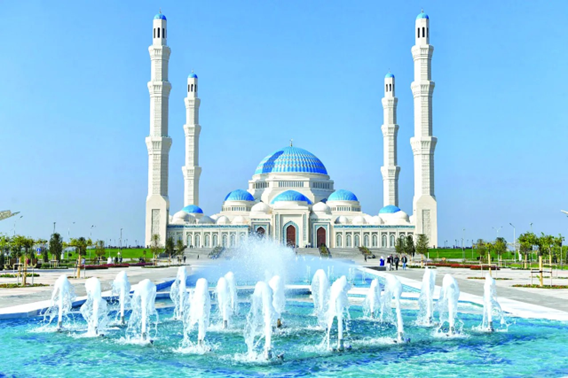
Another example is the new central mosque in the capital of Kazakhstan. The new central mosque in Astana is an impressive architectural landmark symbolizing the faith and culture of the Muslim population of Kazakhstan. Its area is 11 hectares and has three rooms: for men, women and a separate area for performing ritual ablution. It also includes a huge palace, a museum and a cultural center. The main architectural feature of the mosque is a huge dome shining in the sun. It is made of high-quality copper and decorated with traditional Islamic geometric ornaments. At the very bottom of the dome there are numerous windows that create a stunning lighting effect, reflecting the rays of the sun inside the mosque. Kazakhstan strives to create a harmonious and multinational society where different religions and cultures can exist side by side.
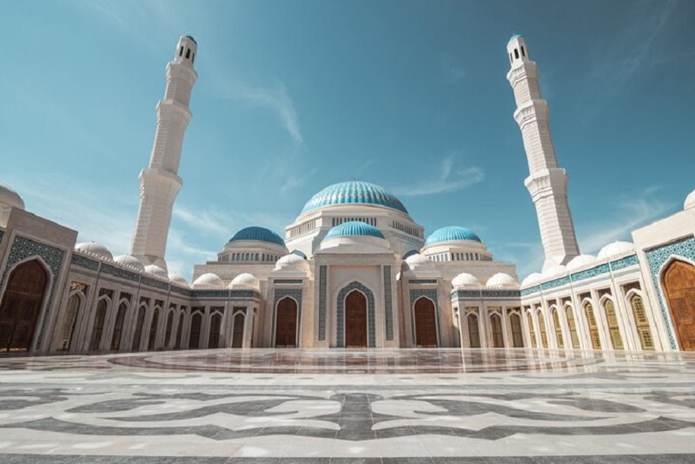
The Central Mosque in Astana is another step in this direction, symbolizing the importance of Islam and its peaceful values in the country.
Finally, it is worth noting that mosques in Kazakhstan often perform not only religious, but also social functions. Many mosques offer programs for children and adults, conduct charity and help those in need. Thus, they become not only a place of religious practice, but also a center of cultural and social life of local communities.
In general, mosques in Kazakhstan represent an important part of the Islamic culture and heritage of our country. They combine religious, cultural and architectural significance, making them unforgettable and attractive to tourists and Muslims from all over the world.




